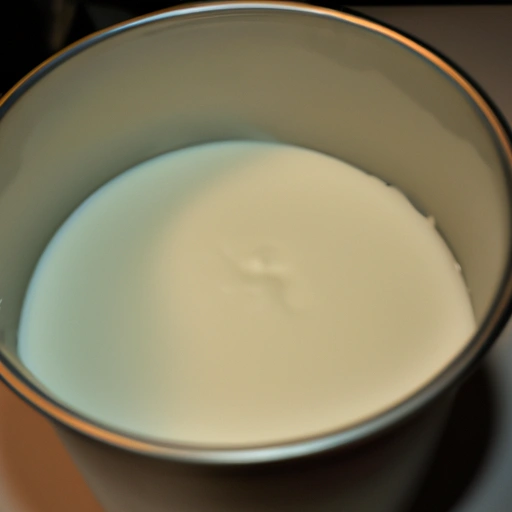Raw Milk
Description

Raw milk is milk from cows, goats, sheep, or other animals that has not been pasteurized to kill harmful bacteria. This natural state of milk can often be recognized by its rich, creamy flavor and its ability to separate into cream and milk without homogenization. It's a versatile ingredient that has been used for centuries in various culinary traditions around the world.
Common uses
Raw milk is primarily consumed as a beverage but is also used as a starting material for making dairy products such as cheese, yogurt, butter, and kefir.
Nutritional value
Calories
Raw milk typically contains about 150 calories per 8-ounce glass (240 ml).
Protein
It provides about 8 grams of protein per 8 ounces (240 ml, or about 1 cup).
Fat
The fat content can vary depending on the source, with an average of 8 grams per 8 ounces (240 ml).
Carbohydrates
Raw milk contains about 12 grams of carbohydrates per 8 ounces (240 ml).
Vitamins
It is a good source of vitamins such as B2 (riboflavin), B12, and vitamin D.
Minerals
Raw milk is rich in minerals like calcium, phosphorus, and magnesium.
Health benefits
Advocates of raw milk claim that it contains beneficial bacteria that aid in digestion and boost the immune system. The enzymes and vitamins present in raw milk are also said to be more bioavailable.
Potential risks
The consumption of raw milk carries a risk of foodborne illness due to harmful bacteria such as Salmonella, E. coli, and Listeria. Pregnant women, children, the elderly, and immunocompromised individuals are advised to avoid it.
Common recipes
Raw milk can be used in recipes for homemade cheeses, kefir, cultured butter, and traditional desserts.
Cooking methods
While raw milk is often consumed without heat treatment, it can also be gently heated for use in custards and sauces to avoid destroying its natural enzymes.
Pairing with other ingredients
Raw milk pairs well with honey, fruits, nuts, and can be used in smoothies or milkshakes.
Summary
Raw milk is a traditional food ingredient with a rich history and a variety of uses in the kitchen. It offers a unique taste and nutritional benefits but comes with potential health risks that must be considered. Its application in culinary practices spans from direct consumption to a base for various dairy products. When using raw milk, it is important to source it from reputable suppliers and handle it with care to minimize the risk of foodborne illness.